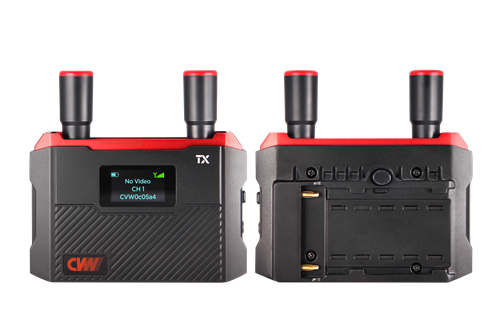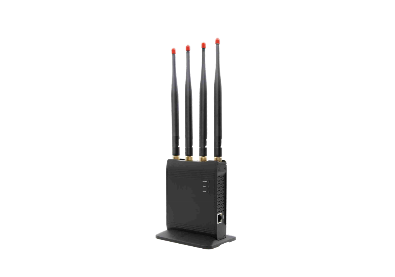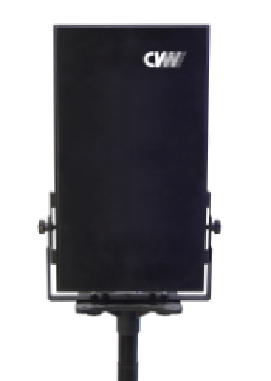Real time video transmission of sports events is an important technology in the current sports industry, which greatly facilitates the demand for viewers and fans to watch games in real time. However, in order to ensure the smooth progress of video transmission, it is necessary to carefully manage some key details. The following are the main details that need to be paid attention to in real-time video transmission of sports events.
Network stability: Real time video transmission for sports events requires ensuring network stability. High definition video requires a large bandwidth for transmission, so it is crucial to ensure that the network provided by network providers is stable and has sufficient bandwidth. Moreover, it is necessary to establish a stable communication connection between the event site and the playback system. Continuously monitor and test the quality of network connections to reduce transmission interruptions or degraded image quality caused by network issues.
Video encoding and compression technology: In order to ensure the smoothness of real-time video transmission, it is necessary to choose appropriate video encoding and compression technologies. Common video coding standards include H.264 and H.265. The correct encoder selection can make the transmission process of video data more efficient, reduce latency, and maintain high-quality images. In addition, it is necessary to perform appropriate compression processing on the video to reduce data volume and ensure high-quality video transmission under limited bandwidth conditions.
Live streaming platform selection: Choosing the appropriate live streaming platform is also the key to real-time video transmission of sports events. The organizer needs to choose a reliable and stable live streaming platform to ensure its stability and carrying capacity, in order to meet the high concurrency of video viewing needs. At the same time, it is also necessary to consider factors such as past live streaming experience, platform user experience, advertising placements, and data analysis.
Video monitoring and adjustment: In the real-time video transmission process of sports events, monitoring video quality and making timely adjustments are also important details for management. The monitoring system can monitor real-time parameters such as image quality and network latency of video transmission to ensure the clarity and smoothness of the video. If problems arise, timely measures need to be taken, such as adjusting encoding parameters, adjusting network bandwidth, or switching network connections, to ensure that users can have a better viewing experience.
Security and copyright protection: In real-time video transmission of sports events, attention should be paid to security and copyright protection. Data security during video transmission is a crucial issue that requires encryption and other corresponding measures to ensure the security of video data transmission. In addition, protecting the copyright of the competition is very important, and the organizers need to take measures to ensure that only legitimate channels can watch the live broadcast, avoiding unauthorized content theft and infringement.
In summary, real-time video transmission for sports events requires detailed management of network stability, video encoding and compression technology, live streaming platform selection, video monitoring and adjustment, as well as security and copyright protection. Only with sufficient attention and management of these key details can the success of real-time video transmission for sports events and user satisfaction be ensured.

 Multi-camera wireless video transmission
Multi-camera wireless video transmission Zero Latency Wireless Video Transmission
Zero Latency Wireless Video Transmission
 Designed for teleoperating the heavy equipment
Designed for teleoperating the heavy equipment Wireless high-speed data transmission
Wireless high-speed data transmission

